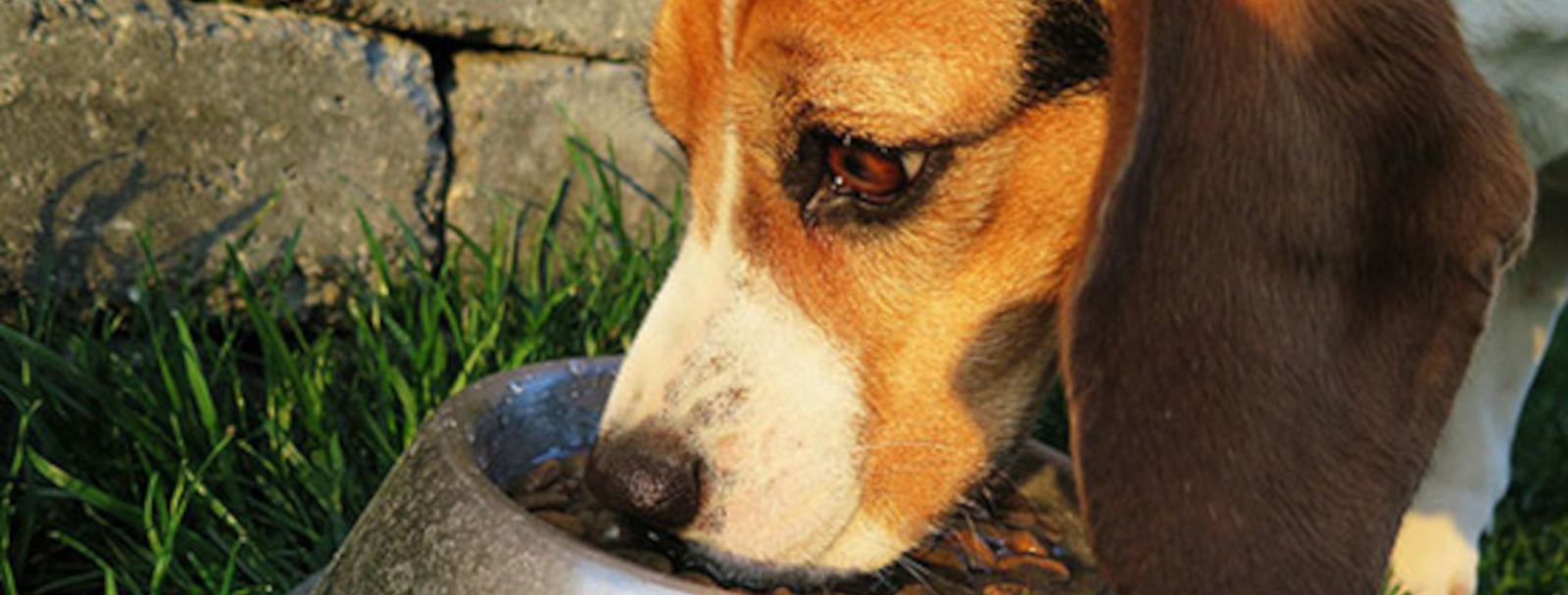What foods are toxic to dogs?
BackToxic foods for dogs

Many foods we consume in our daily lives are toxic to your pets and can be deadly.
If your dog has eaten chocolate, onions, garlic, leeks, avocado, grapes, potatoes, or nuts, or has consumed tea, coffee, or energy drinks, their life may be at risk. If your pet has just ingested any of these, here’s what you should do. Be aware that some other foods not listed here may also be toxic. If you have any doubts about an ingested food, do not hesitate to contact us or reach out to your regular veterinarian immediately.
Chocolate (including tea, coffee, and energy drinks containing guarana)
The theobromine found in cocoa belongs to the methylxanthine group, just like caffeine and theophylline. This substance is toxic to the nervous system and the heart muscle. The darker the chocolate, the more dangerous it is for dogs. White chocolate, which contains no cocoa and therefore no theobromine, does not have the same toxicity but can still cause problems if consumed in large quantities due to its high fat content.
Even small amounts of chocolate can cause symptoms of poisoning. Not all dogs react the same way, and some—especially those with heart conditions—are more sensitive. Signs of chocolate poisoning can appear from as little as 15g of dark chocolate per 10kg of body weight.
Symptoms evolve over several hours, beginning with restlessness, vomiting, and diarrhea. Your dog may also experience rapid breathing, increased urination, and an accelerated heart rate. In severe cases, seizures may occur. This poisoning can be fatal, so be extremely vigilant. If you suspect your dog has ingested chocolate, inducing vomiting—even several hours after ingestion—can help reduce the amount absorbed, as there is currently no antidote.